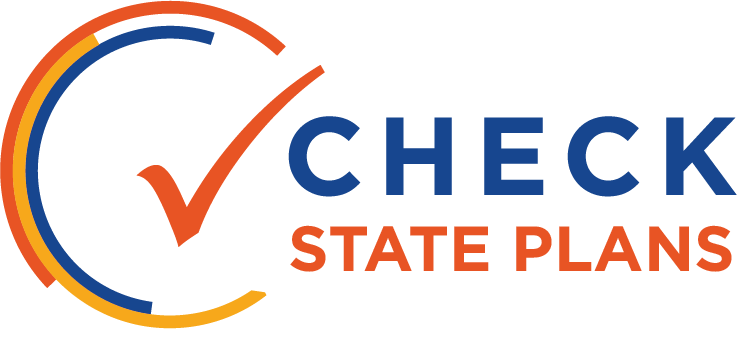
INDICATORS

Pennsylvania’s accountability system includes a small and reasonable set of indicators. However, some of the indicators do not appear to be finalized and may have potential weaknesses that the state should monitor going forward.
The state should be commended for including a growth model, the Pennsylvania Value-Added Assessment System (PVAAS), in its accountability system. The plan would be improved by providing more information and data on the state’s chosen growth calculation.
For its graduation rate indicator, Pennsylvania proposes calculating the percentage of students who earn a diploma within four or five years.
While the state will report the rates separately, it seeks a waiver from the U.S. Department of Education to be able to use the higher of the two rates in accountability determinations. The five-year rate will almost always be higher than the four-year rate, so this proposal may undermine the state’s emphasis on on-time completion. However, if Pennsylvania wants to include the five-year rate, the state could include both measures and still place a stronger emphasis on the four-year rate to focus on helping all students graduate on time.
The state’s English language proficiency measure is a strong indicator that will be based on whether English learners meet individual scale score growth targets.
Targets are based on the progress necessary for students to reach proficiency in six years or less.
Pennsylvania selected two school-quality indicators: chronic absenteeism and career readiness in 5th, 8th, and 11th grades.
The first, chronic absenteeism, measures the number of students absent for more than 10 percent of school days. This measure applies to all elementary and middle schools, and would include any absence that results in a loss of instructional time.
The second school quality indicator measures career readiness in 5th, 8th, and 11th grades. At each grade level the measure is slightly different, beginning with the percentage of students demonstrating career awareness in 5th grade on a state or locally driven career exploration program, and culminating with the percentage of 11th-grade students who implement an individualized career plan and develop a career portfolio.
While Pennsylvania should be applauded for its focus on career readiness throughout each student’s school career, these indicators do raise several concerns.
At the 5th– and 8th-grade levels, Pennsylvania should ensure that all students are encouraged to include postsecondary education options in their planning. In addition, the state should review data to ensure the indicators are differentiating across schools and to confirm that the completion of these career-readiness steps is associated with improved student outcomes. In 11th grade, the state should include externally validated, college- and career-ready indicators, such as the successful completion of Advanced Placement or International Baccalaureate exams, the SAT, or industry certifications.
 OVERVIEW
OVERVIEW




